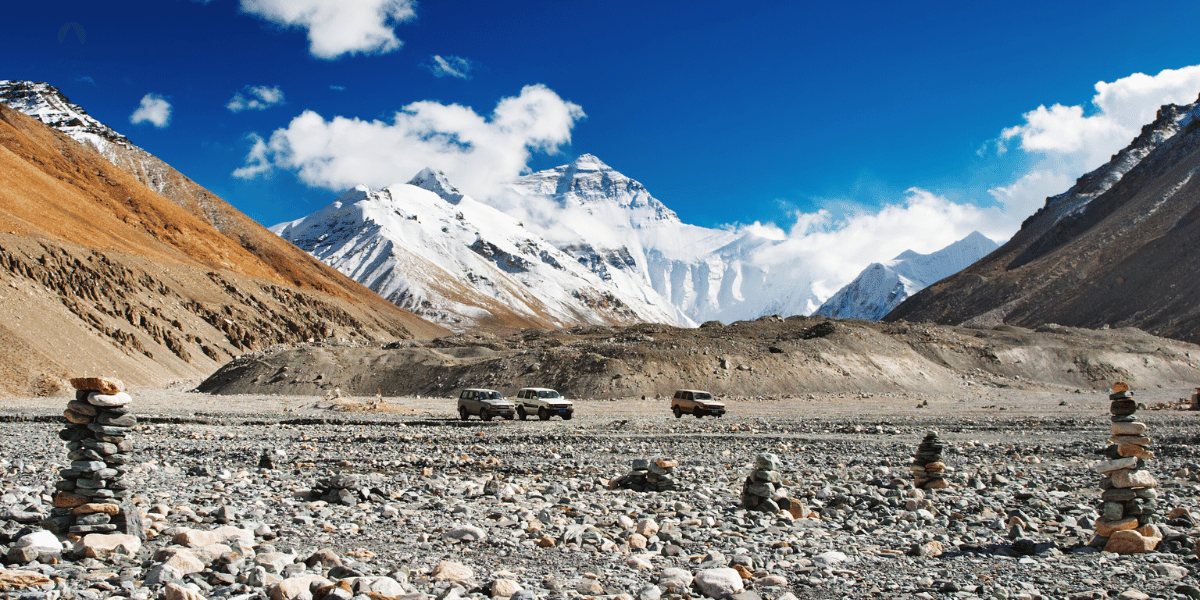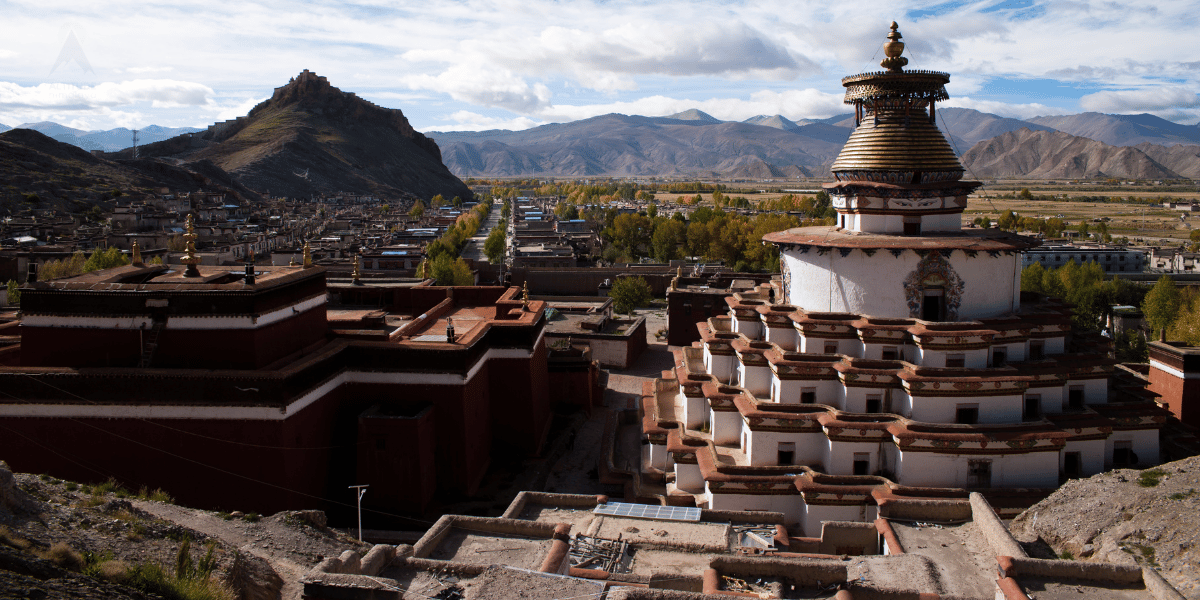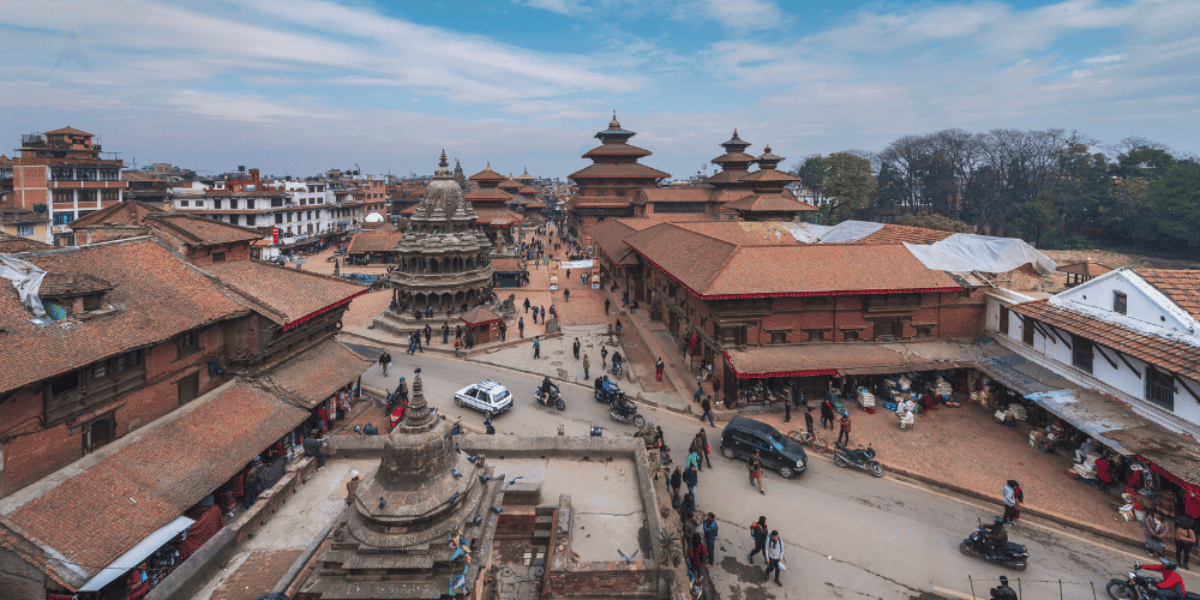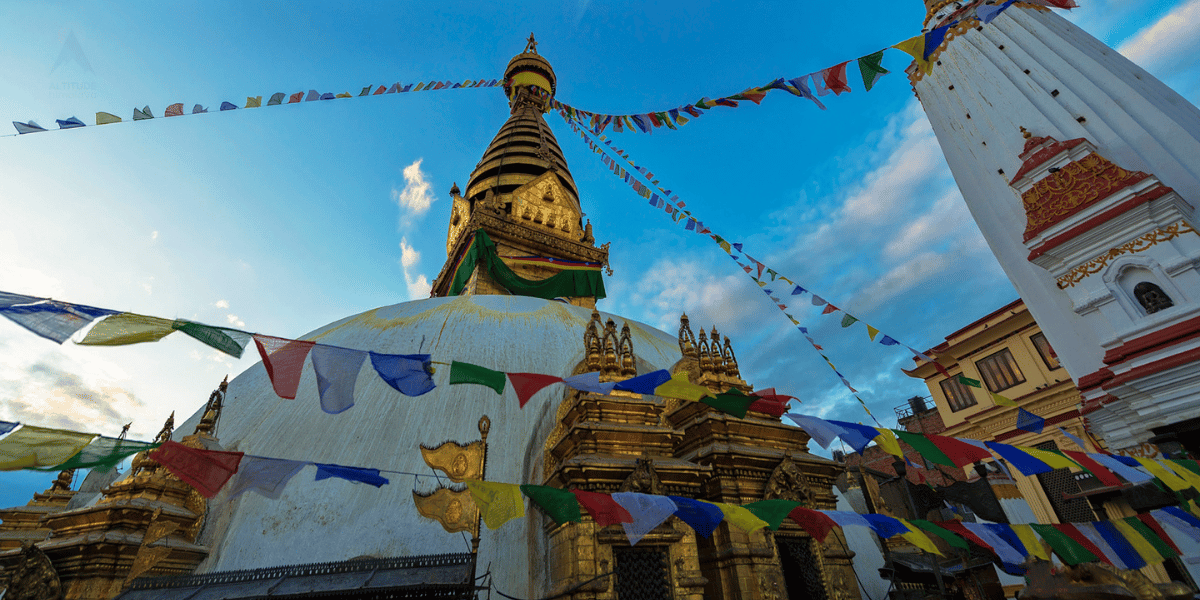The Lhasa Everest Base Camp Tour Package is one of the most thrilling and amazing trips you will ever encounter. Set off on a captivating road trip to Lhasa, the holy land of Tibet, and immerse yourself in a truly extraordinary adventure. Beginning your trip in Kathmandu, where you will explore Nepal’s diverse history, culture, art, and traditions through sightseeing. Nepal is mostly known for its lofty mountains and natural beauty but that is not just what this lovely country has to offer. While you are here, you will explore the historical and religious landmarks that will leave you in awe. Here you will visit monuments listed in UNESCO World Heritage Sites. You will wander through the lively streets, visit ancient temples, and explore vibrant markets, where you will get a glimpse of Nepal's diverse culture and beauty. As the journey continues towards the Tibetan border by scenic road trip, the majestic landscape of the Himalayas reveals itself, offering awe-inspiring sights of the towering mountains and unique geography, from lush valleys to an arid, vast landscape. As you enter Tibet, the journey unfolds with a striking and breathtaking transformation of the landscape. The Tibetan plateau is known as the ‘’Roof of the World’’ due to its vast, expansive, rugged terrain, crystal clear lakes, and sky-scraping mountains. Besides the journey, you will also visit the North side of Everest Base Camp by comfortable road drive, which is perhaps the best part of the trip. After that, you will explore Lhasa, where you will be welcomed by its vibrant spiritual and cultural essence. You will visit iconic landmarks such as the Potala Palace and Jokhang Temple that provide remarkable insight into Tibetan spirituality and architecture. The journey from Kathmandu to Lhasa is a spectacular adventure that showcases the breathtaking landscape and the profound culture of two different countries, making your trip unforgettable and unique.
Throughout the trip, you will explore two different countries with different cultures and traditions which have their own identity and uniqueness. You will visit some iconic places and landmarks that are centuries old and have fascinating histories and stories, and some of the many places are listed below that you will visit during your trip.
Nepal Attractions
Nepal is well-known for its incredible natural landscapes, vibrant cultural heritage, and thrilling trekking experiences. Located in the majestic Himalayas, this destination is home to eight of the world's top ten highest peaks, including Mount Everest. It is a true haven for adventure enthusiasts, offering unparalleled opportunities for trekking and climbing. The diverse topography provides stunning vistas, ranging from verdant valleys to majestic snow-capped peaks. The rich culture of Nepal is beautifully showcased through its numerous temples, vibrant festivals, and traditional arts, especially in cities like Kathmandu, Bhaktapur, and Patan. In addition, the diverse wildlife found in the region, which includes the Bengal tiger and the one-horned rhinoceros, is a major draw for nature enthusiasts. The appeal of Nepal as a top travel destination is further enhanced by the warmth and hospitality of its people.
Cultural Exploration
Kathmandu Durbar Square is widely known for its rich historical, cultural, and architectural importance. Situated in the heart of the bustling centre of Kathmandu, it functioned as the major residence for the Malla kings and subsequently the Shah dynasty. The square features an impressive collection of palaces, courtyards, and temples, including the Hanuman Dhoka Palace, the Taleju Temple, and the Kumari Ghar, where the living goddess Kumari resides to this day. The intricate wood carvings, stone sculptures, and vibrant festivals provide a vivid glimpse into its rich heritage, establishing it as a vital cultural hub that is a must-visit for history enthusiasts and tourists alike. Another one is Swaymbhunath Stupa, also known as the Monkey Temple, which holds a special place in the hearts of Nepalese people. It is a symbol of deep spirituality, as it is dedicated to both Hindu and Buddhist religious figures creating religious harmony. Also, it is situated on top of a small hill, providing a breathtaking view of Kathmandu city. The stupa has a white dome and gilded spire, beautifully decorated with all-seeing eyes, meaning eyes on all four sides, representing enlightenment. The religious site is also home to a variety of shrines, temples, and lots of monkeys, which is why it's called the Monkey Temple. Next is Pashupatinath Temple, situated on the banks of the Bagmati River, which holds great significance as one of Nepal’s oldest and most revered Hindu temples, devoted to the Hindu deity Shiva. A religious site is a place of great spiritual significance, attracting devotees who seek solace and connection through rituals and acts of reverence. Here you will get to see pagoda-style architecture built in the Malla era with intricate silver doors that add to its allure, creating a captivating ambience. This is also the place where the last Hindu ritual, open-air cremation, takes place, reflecting the belief in life, death, and rebirth. Further, Boudhanath Stupa is popular for its immense spiritual atmosphere and grand architecture, making it one of the most significant Buddhist monuments all around the world. The stunning stupa showcases a grand mandala and a fascinating white dome with golden aspire, embellished with the watchful eyes of Buddha. This UNESCO World Heritage Site is a significant hub for Tibetan Buddhism, attracting thousands of people from all around the world. The stupa is surrounded by a bustling community of monasteries, shops, and restaurants, resulting in a dynamic stupa within walking distance.
Furthermore, Patan Durbar Square, located in the busy centre of Lalitpur, is renowned for its stunning Newari architecture and vibrant cultural heritage. This site is listed as a UNESCO World Heritage Site and is home to a variety of places, courtyards, and temples. One of the notable attractions is the Krishna Mandir, which is popular for its intricate stone carvings. The square is a remarkable testament to the skill and creativity of the Newar people, serving as the royal palace for the Malla kings of Lalitpur. It is an important cultural hub that draws scholars, historians, and tourists from all corners of the globe as it showcases unique and intricate skills such as wood carvings, metal statues, and historical significance, making it a captivating destination. Another one is Bhaktapur Durbar Square, renowned for its meticulously maintained mediaeval architecture and vibrant cultural heritage. The square, an ancient Newar city also known as Khowpa, showcases a stunning collection of temples, palaces, courtyards, and statues. There are many amazing structures, but some of the most notable include the 55-window Palace, the Vatsala Temple, and the iconic Nyatapola Temple. Bhaktapur Durbar Square provides a captivating insight into Nepal’s rich historical heritage with its exquisite woodwork, metalwork, and stone artistry. This place also hosts some of Nepal's most fascinating festivals.
Last but not least, you will visit Rasuwagadhi, the border between Nepal and China, also known for its historical and strategic significance and beautiful natural beauty. Rasuwagadhi, a border crossing point in Nepal, is known for its historical and strategic significance and its stunning natural surroundings. Situated in the Rasuwa district, it is a crucial link between Nepal and Tibet, promoting trade and fostering cultural interaction. The area is famous for its stunning landscapes, with rugged mountains, lush forests, and the peaceful Bhote Koshi River. In addition, Rasuwagadhi has significant historical value because of its involvement in trade routes and conflicts of the past. The combination of its rich historical background, advantageous position, and breathtaking landscapes is a magnet for tourists, merchants, and explorers.
Tibet Attractions
Moving on to Tibet, which is recognised for its astounding high-altitude landscapes, profound spiritual significance, and rich cultural heritage. Known for its magnificent views of the Himalayas and vast plateaus, it is often referred to as the "Roof of the World." Tibet is known for its rich Tibetan Buddhist heritage, with iconic monasteries such as the Potala Palace and Jokhang Temple attracting both pilgrims and tourists. The allure of the region is enhanced by its rich traditions, vibrant festivals, and unique Tibetan architecture. In addition, Tibet's remote location and charming atmosphere attract adventurers in search of both physical and spiritual experiences. Tibet's global appeal is boosted by the warm and resilient nature of its people, who have managed to maintain their rich culture despite facing difficult conditions.
Before you reach Tibet, you will make a few days-long road trips where you will see and explore a few amazing places, such as Kyirong, situated in the southern region of Tibet close to the border with Nepal, which is the popular border between Nepal and China. While you travel to Tibet, you will stay here overnight before officially entering Tibet. This place has a beautiful environment, which gives it the nickname ‘’Valley of Happiness’’. It is an ideal destination in Tibet, attracting those who crave spiritual and natural experiences. It offers stunning natural scenery and a rich cultural contribution. After that, you will stay overnight at Shingatse and also explore some of its attractions. It is the second-largest city in Tibet and is widely recognised for its rich cultural heritage, religious importance, and stunning location. Besides being one of the largest cities in Tibet, it houses the magnificent Tashilhunpo Monastery as its centrepiece, which holds great significance as the hub of Tibetan Buddhism. This monastery was established in 1447 by the first Dalai Lama and features remarkable Tibetan architecture and spiritual importance. Shigatse is a destination that captures you with its fascinating history, serene atmosphere, and magnificent scenery. It is a place that appeals to those who look for cultural immersion and appreciate the wonders of nature.
Similar to Shigatse, you will come across other places such as Tingri, which is smaller than Shigatse but well known for its natural beauty and prime location. Furthermore, Tingri is the central place for people who want to visit the North Everest base camp. The North Everest base camp lies on the Tibetan side, and it is easily accessible by comfortable road drive without any tiring trek/hike. This small town is located at the foot of the lofty Himalayas, making it the starting point for those who want to go on expeditions and daring adventures. In addition, it has rich cultural significance, enchanted by its traditional Tibetan architecture, local monasteries, and beautiful local culture. It is also a beloved destination in Tibet, as it has an amazing environment and the perfect balance of adventure and tradition. As you get closer to Lhasa, you will see great natural beauties, one of which is Yamdrok Lake, known for its stunning natural beauty and deep spiritual significance. It is considered one of the three most sacred lakes in Tibet. Its bright turquoise colour makes it pop in semi-arid land. The lake is situated amidst snowcapped mountains and rolling hills, providing a breathtaking view of the landscape.
Lhasa Attractions
Last but not least is Lhasa, the capital of Tibet and the holy land of Tibetan Buddhism. This city holds immense spiritual and cultural importance, attracting thousands of people from all over the world. This place welcomes people from all walks of life and provides a unique combination of spiritual, cultural, and historical experiences, attracting pilgrims and tourists to its sacred sites. While in Lhasa, you will visit and explore some of the most popular and historical architectures that are the backbone of Tibet’s rich history and culture. Starting with Potala Palace, which is called the winter palace of the Dalai Lama, which is a remarkable representation of Tibetan Buddhism and an architectural marvel. This palace is situated on Marpo Ri Hill and showcases a fascinating fusion of Tibetan and Han architecture. The entire palace is separated with distinct paints in Red and White that serve different purposes, with the former being a spiritual centre and the latter serving administrative functions. Inside the palace, there is a captivating array of chapels, shrines, and prayer halls adorned with exquisite murals, statues, and religious artefacts. Another one is Jokhang Temple, located in the heart of Lhasa, which holds immense significance in Tibetan Buddhism. It is believed to be one of the most sacred and revered temples, attracting pilgrimage from Tibet and beyond. This temple was established by King Songtsen Gampo in the 7th century and is said to be home to the Jowo Rinpoche. Inside the temple is the life-size statue of the Shakyamuni Buddha, which holds immense significance in Tibetan Buddhism. The temple’s architecture showcases a harmonious fusion of Indian, Tibetan, and Nepalese styles, exemplifying its deep historical and cultural importance.
Next is Barkhor Street, a lively marketplace and a route from pilgrimage to circumbulation. This street encircles the Jokhang temple in the heart of Lhasa, which is known for its religious, cultural, and commercial importance. People here engage in the sacred practice of Kore, they devoutly circulate the Jokhang temple, offering prayers and spinning prayer wheels. Meanwhile, you can find traditional Tibetan goods in an expensive selection of handicrafts, religious items, clothing, and souvenirs. You can also get authentic Tibetan cuisine, as there are numerous shops and eateries. Further, Drepung Monastery, which is situated on the outskirts of Lhasa, is also known as one of the largest and most significant monasteries. The monastery was established in 1416 by Jamyang Choje, a devoted follower of Tsongkhapa, who held great significance as the main center of the Gelugpa school and served as the residence of the Dalai Laa until the Potala Palace was constructed. It also serves as a prominent hub for Buddhist education and spiritual devotion, accommodating a staggering 10,000 monks. The monastery’s expansive complex features intricate architecture, numerous chapels, and an assembly hall, which also displays a stunning collection of religious artefacts, numerals, and sculptures. This is also the place where the annual Shoton festival is performed, which is known for its captivating unveiling of the giant thangka and lively cultural performances.
Another one is Sera Monastery, situated north of Lhasa, widely recognised for its intellectual and religious community, making it a prominent and significant monastery. The monastery was built in 1419 by Jamchen Chojey, a devoted disciple of Tsongkhapa. It is considered one of the prestigious Gelugpa University monasteries, renown for its vibrant monk debates, which take place in the monastery’s courtyard. Here, monks participate in intense discussions on Buddhist doctrines, and you can witness these debates, which provide a captivating insight into the monastic education system and monks' commitment to their studies. Last but not least, Norbulingka is a historically important destination in Lhasa, Tibet, known for its magnificent gardens and palaces. It was built in the 18th century and was the summer residence of the Dalai Lama. it was a peaceful escape from the busy administrative tasks at the Potala Palace. The vast grounds span up to 36 hectares and showcase a seamless fusion of Tibetan, Chinese, and Western architectural styles. Here, the annual Shoton festival is celebrated with opera performances and festivals, which adds to its cultural charm.
What to expect?
The Lhasa Everest Base Camp Tour is an amazing trip of 14 days covering two beautiful countries, Nepal and Tibet. Starting your trip in Nepal, you will experience an incredible journey through Himalayan scenery and vibrantly culturally varied regions. While you are in Nepal, you will have a few days before leaving for Tibet, and during these days, you will visit and explore the historical beauties and religious sites that are the backbones of the country's rich culture and traditions. You will visit places such as Kathmandu Dubar Square, Patan Dubar Square, and Bhaktapur Durbar Square, where you will get to see spectacular art styles and historical beauties. Besides the sightseeing, you will get an insight into the country's history, culture, and art, where you get to experience a piece of history with your own eyes. Vibrant streets, peaceful temples, and comfortable stays at the hotels are all part of the trip. After compiling and exploring Nepal, you will move towards Tibet through a scenic and comfortable drive. During your drive, you will pass through amazing natural splendours such as lush green valleys, strong rivers, lofty mountains, and breathtaking landscape views of Tibet and Lhasa. On the way, you will make a few stops as the journey is long; however, you will be well entertained throughout. You will stop by small towns and the countryside, such as Kyriong, Tingri, and Shigatse, where you will see the wonders of nature, from vast semi-arid lands to the magnificent Mount Everest. The major attraction of the trip is the North Everest base camp which lies in Tibet and can be reached without a tiring hike or trek You will visit according to the itinerary.
Once you are in Tibet, you will be surrounded by high-altitude landscape and a tranquil atmosphere that provides you with amazing vistas of grand snow-capped mountains, including hints of Mount Everest. While you are in the holy land of Tibet, you will see and explore the origins of Tibetan Buddhism and the spiritual world that most people don't know about. Here you will explore iconic palaces and monasteries such as Potala Palace, Jokhang Temple, and Sera Monastery, among several others. The beauty and peace you find here are out of this world, as the sights you will see are jaw-dropping with rich history and culture. While you explore the cultural sights and interact with people, you will feel a deep sense of peace and thrill. For those who want to see the heart of the Himalayan area, this overland travel is ideal and guarantees an amazing adventure by providing surreal scenery, a deeply spiritual experience, and unique cultural contacts.
This trip welcomes everyone from all walks of life and all age groups, as it is a comfortable and relaxing tour where one can witness the history, culture, and beauty of two Himalayan kingdoms with unique and distinctive beauty. A journey to Nepal and Tibet together allows you to immerse yourself in the captivating culture, profound spirituality, and glorious natural wonder of the Himalayas. Both destinations provide incredible opportunities for spiritual growth, mesmerising views of nature, and a welcoming atmosphere, creating a truly unforgivable journey.
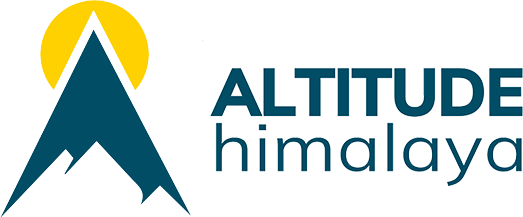

 Adventure
Adventure
 Couple
Couple
 Family
Family
 Luxury
Luxury
 Motorbike
Motorbike
 Photography
Photography
 Wildlife
Wildlife
 Yoga
Yoga
 Annapurna
Annapurna
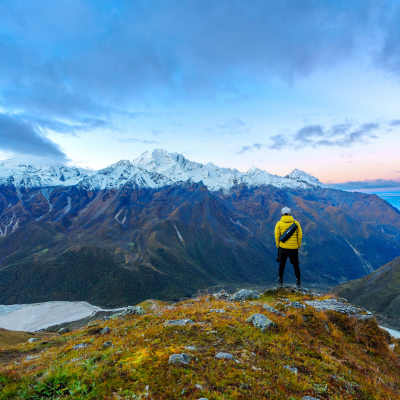 Langtang
Langtang
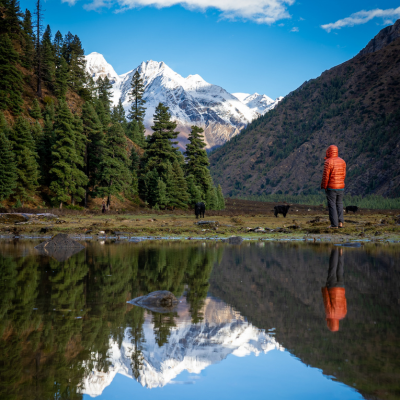 Dolpo
Dolpo
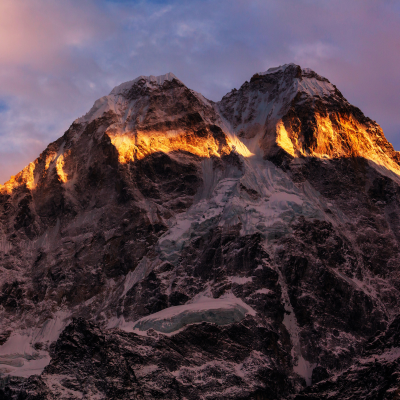 Eastern Nepal
Eastern Nepal
 Everest
Everest
 Manaslu
Manaslu
 Western Nepal
Western Nepal
